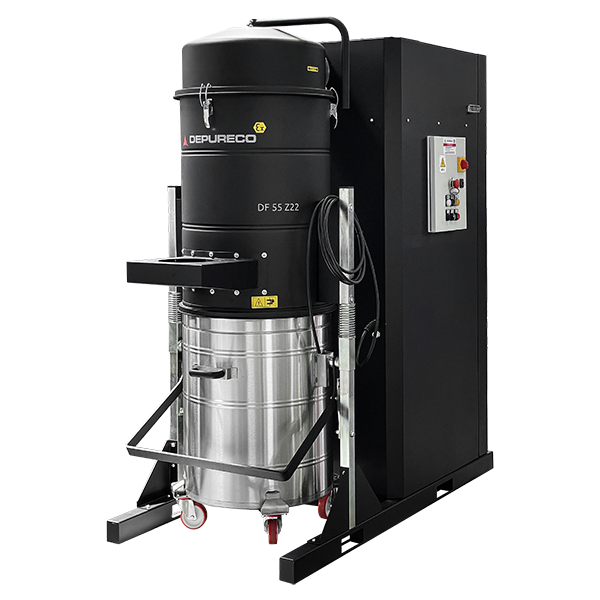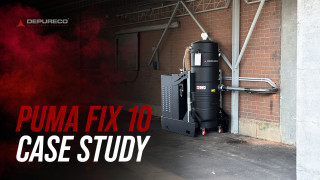Directive 2014/34/EC applies to the manufacture of products which are used in potentially explosive atmospheres. Consequently, the manufacturer has sole responsibility for ensuring that any products falling within this category comply with the Directive. The ATEX Directive applies to all electrical and mechanical equipment and protective systems which are located within potentially explosive environments.
It also covers safety devices, controlling devices and regulating devices intended for use outside potentially explosive atmospheres but required for or contributing to the safe functioning of equipment and protective systems with respect to the risks of explosion.
Equipment and protective systems which fall under Directive 2014/34/EC may be placed on the market only if they bear a CE mark and are accompanied by an EC attestation of conformity certifying that the basic health and safety requirements have been met and that the applicable conformity assessment procedures have been observed. In addition, they must be accompanied by a set of operating instructions.
Placing on the market means making products available within the EU market, in return for payment or free of charge, for the first time for the purpose of distribution and/or use within the EU.
The ATEX Directive regulates explosion protection in mining and in industry and applies to any products (products = equipment and protective systems, safety, control and regulating systems, and any components that are built into equipment and protective systems) which are used in potentially explosive atmospheres. Based on Article 95 of the EC Treaty, the Directive also sets out harmonised requirements and procedures for the purpose of proving compliance. The requirements and procedures for proving compliance (conformity assessment procedures) vary according to the risk to which the product is exposed.
 |
 |
 |
 |
ATEX 137 – Health protection and safety at work
In addition to the ATEX Safety Directive 2014/34/EC, the European Commission has issued a supplementary Directive (ATEX 137) to improve the health protection and safety of employees who may be endangered by explosive atmospheres. The ATEX 137 Directive comprises:
- Definition of minimum requirements to improve the health protection and safety of employees.
- Classification of areas in zones where a potentially explosive atmosphere may occur.
- A warning symbol to indicate areas where a potentially explosive atmosphere may occur.
Connection between ATEX 137 and ATEX 95
Directive 2014/34/EC (ATEX 95) defines specifications for the provision and use of electrical and non-electrical equipment in an explosive atmosphere. The essential safety and health protection requirements for equipment are defined in a classification system. The requirements defined by the two Directives for manufacturers and plant operators are shown in the table below.
The three categories into which Group II equipment is divided by ATEX 95 correspond to the three zones referred to in ATEX 137. This means, for example, that in Zones 2 or 22, in which an explosive atmosphere never or only rarely occurs during normal operation, any equipment may be used which at least falls under Category 3 and does not constitute an ignition hazard during normal operation.Manufacturer and user requirements resulting from ATEX directives.
Manufacturer and user requirements resulting from ATEX directives
| Essential requirements for manufacturers “ATEX 95” – 2014/34/EC | Essential requirements for users “ATEX 137” |
|---|---|
| Definition of the area for use of equipment, specifications of Equipment Group II / Category | Definition of zones in an installation selection of appropriate equipment |
| Category 1: | Zone 0/20 |
| Category 2: | Zone 1/21 |
| Category 3: | Zone 2/22 |
| The equipment must conform to the essential safety and health requirements or the relevant standard | Compliance with the relevant requirements concerning installation, putting into service and maintenance |
| Performance of a risk/ignition source analysis for the equipment in question | Performance of a hazard analysis for the operating area need for coordination |
| Issue of an Attestation of Conformity | Issue of an Explosion Protection Document |
| Appropriate quality assurance | Regular updating |










